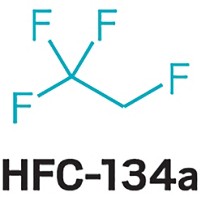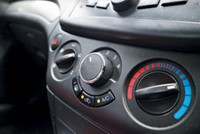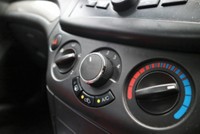Advertisement
Grab your lab coat. Let's get started
Welcome!
Welcome!
Create an account below to get 6 C&EN articles per month, receive newsletters and more - all free.
It seems this is your first time logging in online. Please enter the following information to continue.
As an ACS member you automatically get access to this site. All we need is few more details to create your reading experience.
Not you? Sign in with a different account.
Not you? Sign in with a different account.
ERROR 1
ERROR 1
ERROR 2
ERROR 2
ERROR 2
ERROR 2
ERROR 2
Password and Confirm password must match.
If you have an ACS member number, please enter it here so we can link this account to your membership. (optional)
ERROR 2
ACS values your privacy. By submitting your information, you are gaining access to C&EN and subscribing to our weekly newsletter. We use the information you provide to make your reading experience better, and we will never sell your data to third party members.
Environment
A Dangerous Alternative
August 5, 2013
| A version of this story appeared in
Volume 91, Issue 31
It was disappointing to see so much ink devoted to the refrigerant HFC-134a, which most of us have in our cars (C&EN, June 17, page 8, and March 18, page 11). Since this is a “global warming” threat, we must limit its use. With whom do we partner? China? Are you kidding?
The Obama Administration is promoting use of HFO-1234yf, a new refrigerant that the European Union has approved and that Gina McCarthy, newly appointed head of the Environmental Protection Agency, has approved for use in American cars. She has done this despite frightening data about the flammability of this compound from Mercedes-Benz and Volkswagen. Neither manufacturer will use this refrigerant in their new cars. They will pay the fines rather than switch from HFC-134a.
In simulated auto crashes, when HFO-1234yf was sprayed onto hot engines, the refrigerant burst into flames. The products of combustion were hydrogen fluoride, which etched the windshields, and trifluoroacetic acid.
HF is extremely toxic. If any of it were to come in contact with the occupants of a car, they would almost certainly be killed. And of course, the refrigerant generates trifluoroacetic acid as a secondary toxic pollutant that degrades very slowly, if at all, in the environment.
A. Frank Leo
Palatine, Ill.





Join the conversation
Contact the reporter
Submit a Letter to the Editor for publication
Engage with us on Twitter